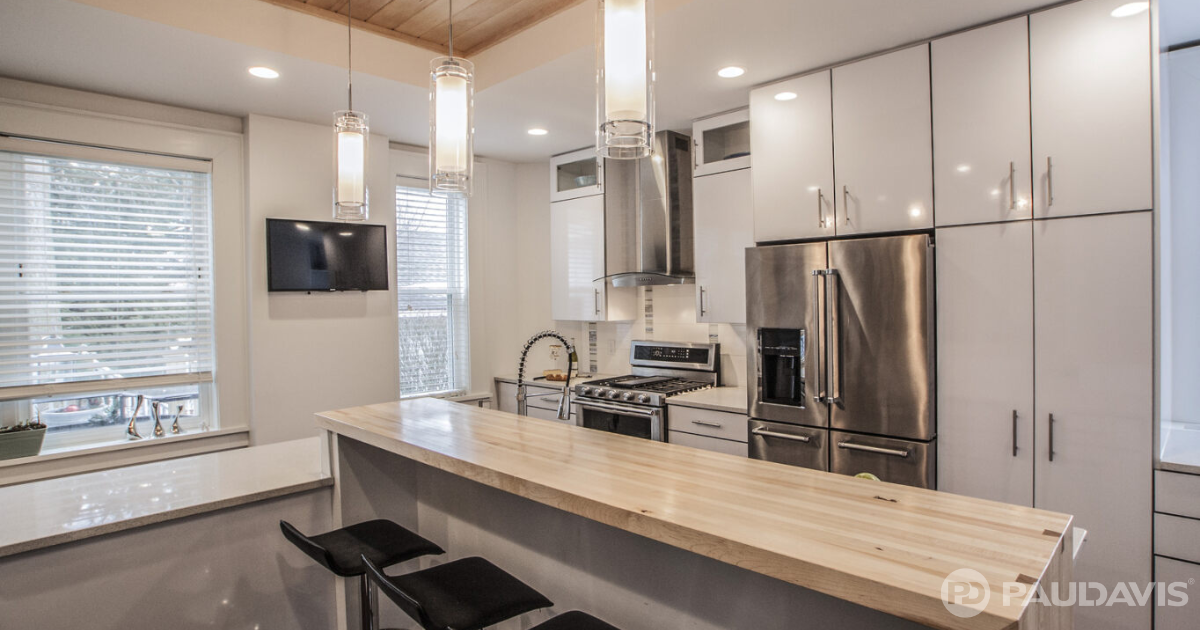
“Do you live in a house that’s older than 20 years?” asks John Stoker, President, Paul Davis Restoration Central Nova Scotia. “If so, your electricity needs have almost certainly outgrown your residential electrical system, creating serious fire hazards on your property.”
Electrical needs have grown exponentially since 1950: modern homes use a staggering 14 times more electricity than homes used in 1950. How can homeowners protect themselves and their property? Tag along on our guided tour of a typical house. Together, we’ll note telltale signs (noted by ROOM in bold text) that the electrical system is buckling under the strain. How many of these common electrical fire hazards lurk in your home?
Let’s begin in the heart of most residences: the KITCHEN. When the toaster oven and microwave run simultaneously, the circuit breaker trips in the electrical panel. Breakers are safety devices that shut off electricity to a circuit when it draws too much power. If breakers trip often, outlets may be drawing more power than the circuit is designed to provide.
The OFFICE abuts the kitchen. Here, an electrical strip – with every outlet in use – supplies power for the computer, printer, desk lamp, two monitors and a television. Heavily used power strips indicate that a room simply does not have enough electrical capacity to support the devices needed in the space.
Walk into the LIVING ROOM. Not infrequently, lights flicker randomly in this space. Additionally, the bulbs dim when running the vacuum cleaner. Electrical power should not fluctuate either randomly or when other electrical devices operate. If fluctuations occur regularly, your panel may not be able to supply the total power needed.
Proceed into the DINING ROOM. Since this part of the house is cool, a space heater is plugged into an electrical outlet that feels warm to the touch. The elevated outlet temperature indicates the device is pulling more wattage than the electrical fixture is designed to provide. Let’s unplug it for now and move to…
...the BASEMENT, which houses the electrical panel. The panel is warm to the touch as well. A hot or warm panel is another sign your home is maxing out its capacity. Electrical resistance – when too much power tries to squeeze down inadequate circuits – creates heat.
Let’s climb two floors to a GUEST BEDROOM. Next to the dresser, we see a discoloured outlet. It’s a telltale sign that your circuits carried more current than they should and suffered discoloration when the outlet heated up.
Next door in the PRIMARY BEDROOM, an extension cord powers a laptop computer, a television and a lamp. Extension cords, like power strips, clearly indicate that more outlets are needed to power the electrical devices used in the room.
“We don’t give much thought to our electrical capacity. We simply expect it to be there when we need it,” Stoker concludes. “But the signs that we need to contact an electrician promptly are often there if we pay attention. Ignore them at your peril.”
